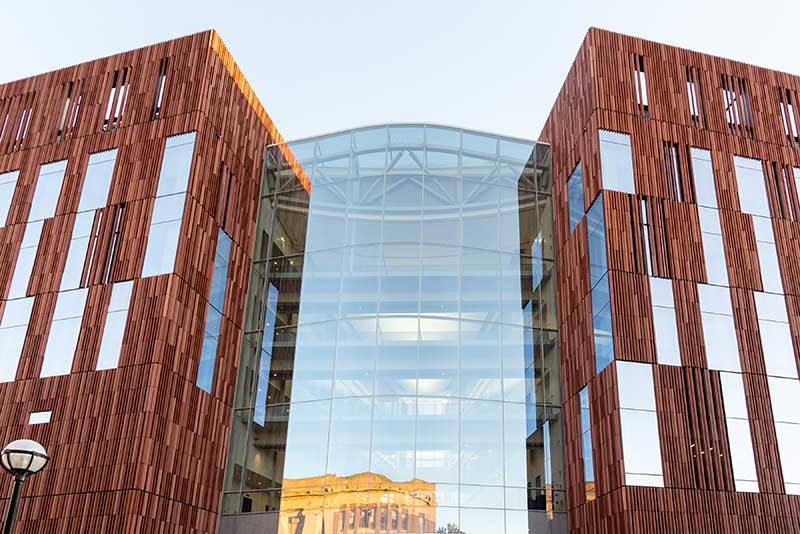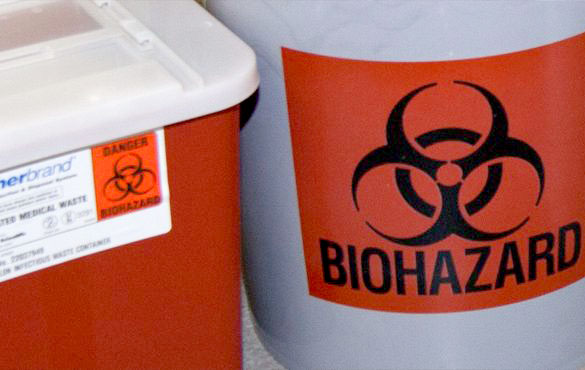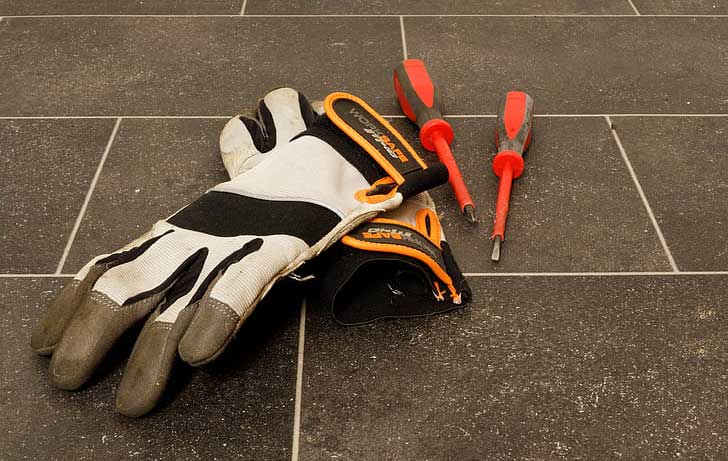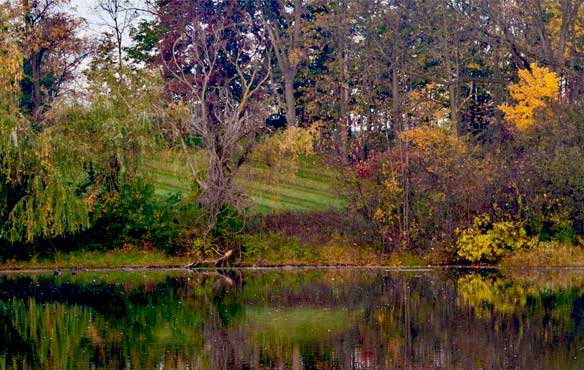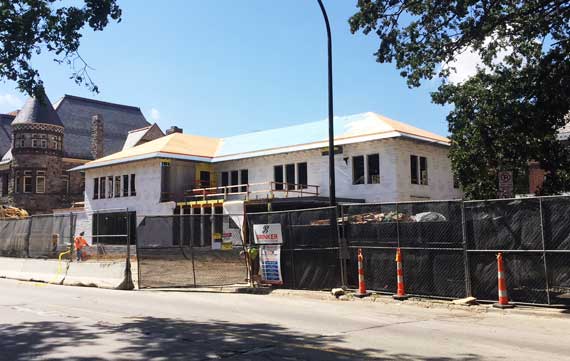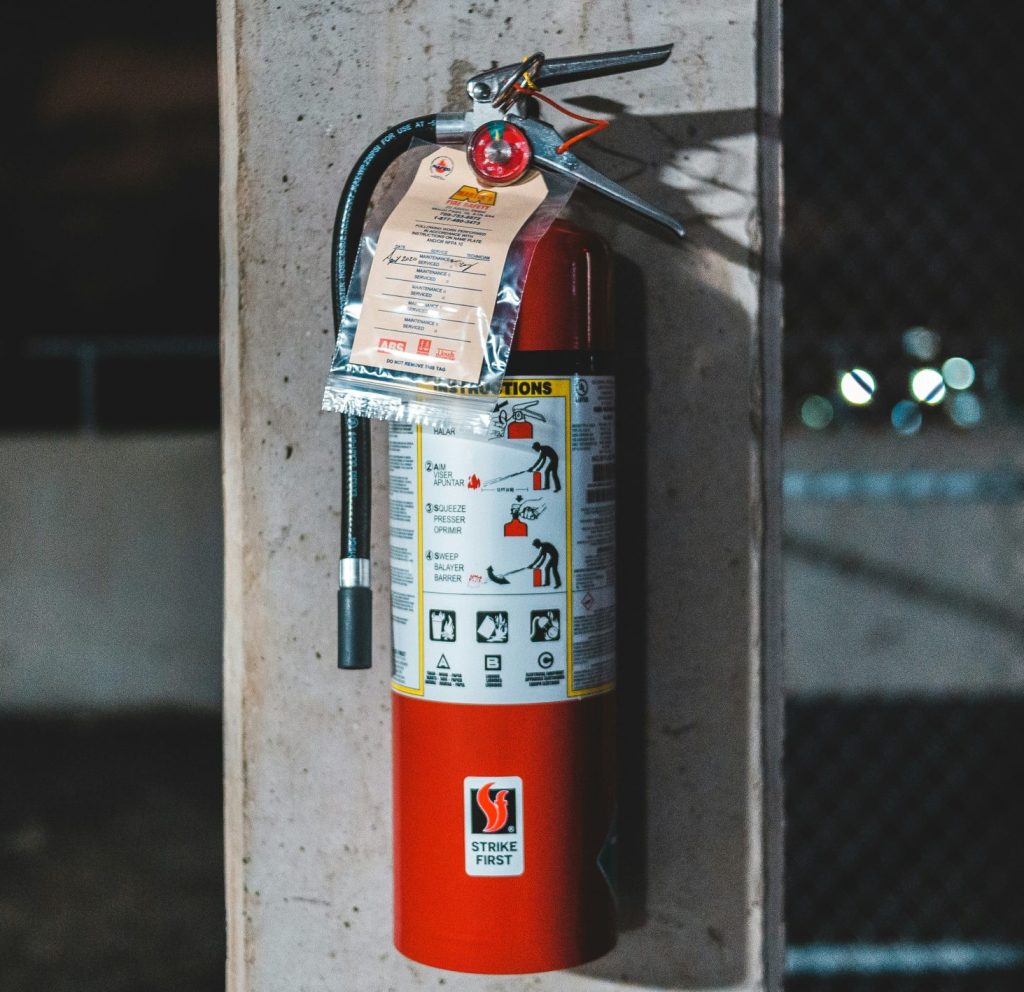Radioactive Waste
The U-M Department of Environment, Health & Safety (EHS) collects and processes low-level radioactive waste (LLRW) generated at campus facilities.
For University of Michigan (U-M) to stay in compliance with federal and state regulators, waste generators must follow the EHS designed protocols for proper segregation and disposal of LLRW. Following these protocols reduces cost, ensures regulatory compliance, maintains a safe work place, and protects the environment. Failure to adhere to the segregation and disposal procedures outlined by EHS may result in the following actions:
- LLRW being returned to the laboratory of origin for repackaging
- Laboratory personnel coming to EHS to repackage the LLRW
When necessary, the Radiation Safety Officer can impose additional conditions or restrictions on uses in order to ensure users employ proper packaging and segregation protocols.
Standard Operating Procedures, Guidelines, and Manuals
The Proper Segregation and Disposal of Low-Level Radioactive Waste document provides guidance on various handling methods for the waste generated.
Guidelines for Managing LLRW
The following guidelines apply whenever you are handling LLRW materials:
- Minimize LLRWs by using waste-minimization techniques in experimental design.
- Store LLRW in a safe, accessible, and easily identifiable location.
- Segregate isotopes by decay category, form and chemical compatibility. Do NOT commingle “mixed wastes” with non-mixed wastes.
- Accurately and legibly complete the Low-Level Radioactive Waste (LLRW) Manifest
- Properly label each container of LLRW using EHS-provided labels. NOTE: Radioisotope activity estimates must be reasonably accurate (within an order of magnitude).
- Survey each container for removable external radioactive contamination using an appropriate means of detection (e.g. paper swipe test). Decontaminate as necessary and re-check. Provide HMM a copy of the survey results.
- If instructed by EHS, use the appropriate survey meter to survey wastes containing millicurie amounts of high-energy beta emitters and gamma emitting radioactive materials for external radiation exposure rate.
- Inform HMM prior to collection if the contact exposure rate of a LLRW container exceeds 50 mrem/hour.
- Call HMM at (734) 763-4568 or complete the Waste and Supply Request form for collection, indicating type, quantity, and location of LLRW.
- Place the manifest and radioactive contamination survey in a location where they are visible for collection and where they will NOT become contaminated.
Keep a copy of the prepared manifest for your records and for inspection by EHS.
Storage and Labeling
Low-level radioactive waste (LLRW) must be stored in EHS provided or approved containers. The containers must be:
- Sufficiently strong to hold the waste
- Handled in a manner to minimize breakage and spillage
- Identified as containing radioactive material according to Radiation Safety Service (RSS) guidelines
Proper Storage of Waste Containers
Waste containers must be stored in a safe, secure, and easily identifiable location within your lab. EHS will inspect containers and documentation prior to collection. Store waste in an area that will limit laboratory personnel exposure and use appropriate shielding.
Containers
EHS supplies specific types of containers for different types of LLRW at no cost. To order containers complete the Waste and Supply Request form. NOTE: All containers must be labeled with “Caution: Radioactive Material” tape.
| TYPE OF LLRW | CONTAINER | AVAILABILITY |
| Solid |
| EHS provides |
| Liquid |
| EHS provides |
| Scintillation vials |
| Use the original box |
| Sharps |
| EHS provides pail |
| Stock vials |
| Any sturdy box or EHS provided pail |
| Animals and related waste |
| EHS provides the yellow opaque bag and identification tags |
Radioactive Contamination and Exposure Control
Keep the exterior surface of all low-level radioactive waste (LLRW) containers clean and free of chemical and radiological contamination. Laboratory personnel must:
- Prepare the LLRW container for collection. A properly prepared LLRW container:
- Is closed
- Has no visible damage
- Is not leaking
- Conduct a radioactive contamination survey for the presence of external contamination for each waste container to be collected.
- If needed, clean the exterior of the container to remove external contamination and resurvey to ensure the limits in the Radioactive Contamination Permissible Limits table are not exceeded and the readings are less than 3 times background.
- Maintain a copy of all the radioactive contamination survey results and provide a copy to HMM with the associated waste containers.
- If instructed by EHS, survey waste containing millicurie amounts of high-energy beta emitters and gamma emitting radioactive materials for external radiation exposure rate using an appropriate survey meter.
- Inform HMM prior to collection if the contact exposure rate of a LLRW container exceeds 50 mrem/hour.
